<< Previous | Displaying results 6121-6130 of 6769 for "" | Next >>
Students sit at their desks in a classroom at a Polish-language public elementary school in Lwów around 1930. In interwar Poland, Jewish children could attend public or private schools. The curriculum in these schools was based on a secular education, in contrast to the traditional heder where boys were schooled in Jewish texts and traditions. This particular school was located in the city’s predominantly Jewish neighborhood and almost all of the students were Jewish. Before attending this school,…

This group portrait shows instructors of the Hanoar Hatzioni Zionist youth movement at a summer camp in Lwów in 1936. The uniforms the young men wear, combined with the summer camp setting, bear similarities to the wider European scouting movement. Between World War I and World War II, scouting was very popular in Poland among young people. Scouting had a strongly national character. It inspired youth movements for Jews, who were excluded from scouting or who wanted to express their own national…
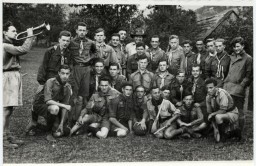
Siegfried Graetschus (right) and an unidentified man stand in front of Grafeneck, the first killing center established under Aktion T4 (the Nazi Euthanasia Program). Before joining the T4 program, Graetschus worked at the Sachsenhausen concentration camp. Photo dated early 1940.
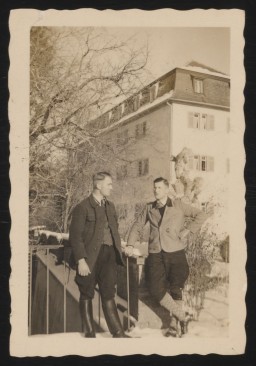
Johann Niemann (left) and an unidentified man walk on the snow covered driveway to Grafeneck Castle in early 1940. Niemann worked as a stoker at Grafeneck, cremating victims' corpses in the crematoria. He later became the deputy commander of the Sobibor killing center.
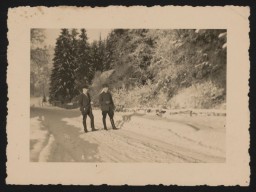
A family stands outside of their wagon while interned in a Zigeunerlager ("Gypsy camp"). In the background, children are crowded around Eva Justin. Justin worked for the Center for Research on Racial Hygiene and Demographic Biology. Schleswig-Holstein, Germany, 1938. During the Nazi era, Dr. Robert Ritter was a leading authority on the racial classification of people pejoratively labeled “Zigeuner” (“Gypsies”). Ritter’s research was in a field called eugenics, or what the Nazis called…
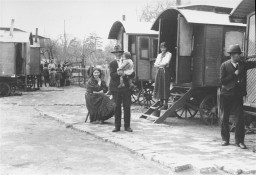
A Jewish refugee couple poses on the gangway of the MS St. Louis as they disembark from the ship in Antwerp. Belgium, June 17, 1939.
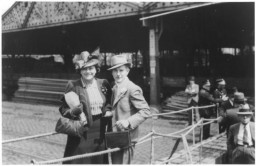
The following list of Jewish partisans features personal stories from the Jewish Partisan Educ...
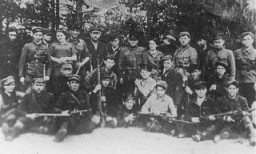
Learning about the Holocaust is one way to honor those lost. Browse our learning site for students as a resource for Holocaust-education projects.
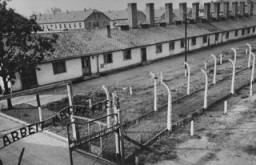
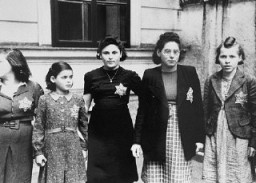
Diaries reveal some of the most heart-wrenching accounts of the Holocaust. They record the feelings of loss, fear, and sometimes hope of those facing extraordinary peril.
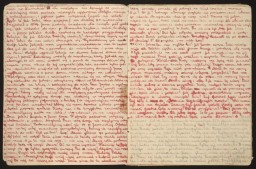
We would like to thank Crown Family Philanthropies, Abe and Ida Cooper Foundation, the Claims Conference, EVZ, and BMF for supporting the ongoing work to create content and resources for the Holocaust Encyclopedia. View the list of donor acknowledgement.